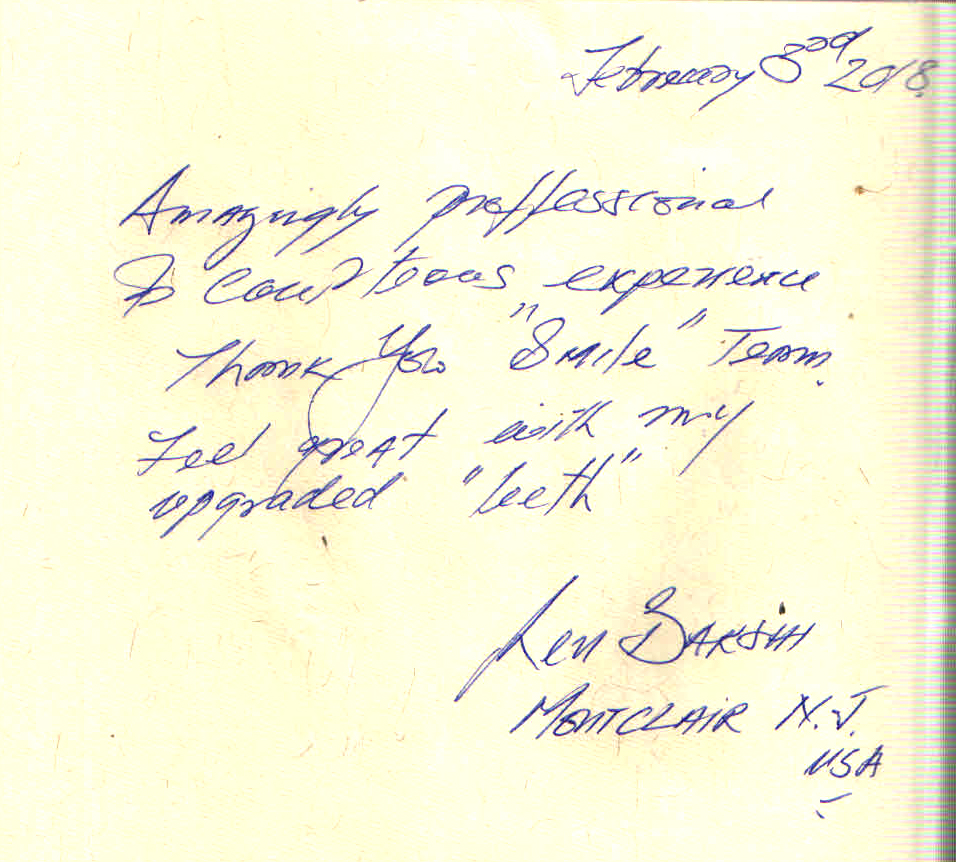REDUCTION OF JAW FRACTURES
This is a process by which the broken portions of the jaws are reduced and then stabilized.
A dislocated jaw means that the joint where the jaw connects with the skull is moved out of place.
Jaws are often the subject of injury or trauma resulting in fracture because of its rigid structure and commanding position.The signs and symptoms of a jawbone fracture begin to develop immediately after some trauma to the jaw. The most common symptom is jaw pain.Jaw fractures are common and require immediate treatment to avoid any life threatening complications.
Depending on the nature and location of the fracture, the fracture may have to be fixed with surgery. Some fractures do not require surgery and are managed by pain control.
- However, some patients may suffer more immediate complications that can be life threatening like airway blocking, bleeding, and aspiration of food, blood, or fluid into the lungs.
- Some people may develop infections of the jaw or face, misaligned teeth, or both, especially if the treatment is delayed or not appropriate or if the fracture is unstable.
- Inadequate or poor healing of some fractures may lead to TMJ dislocation.





























































